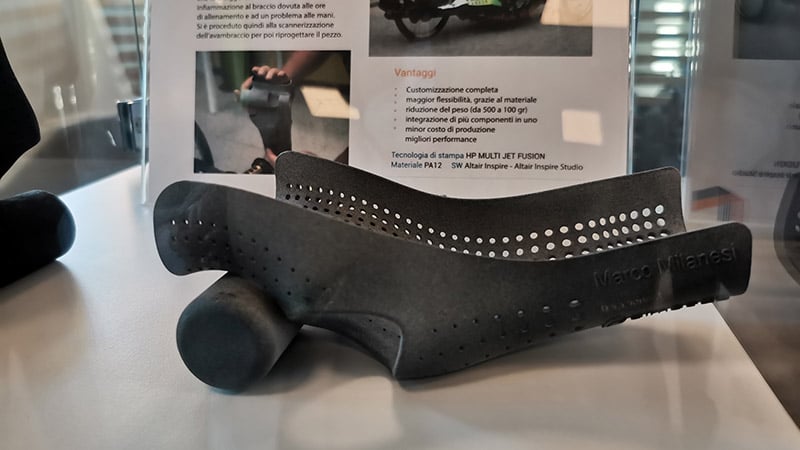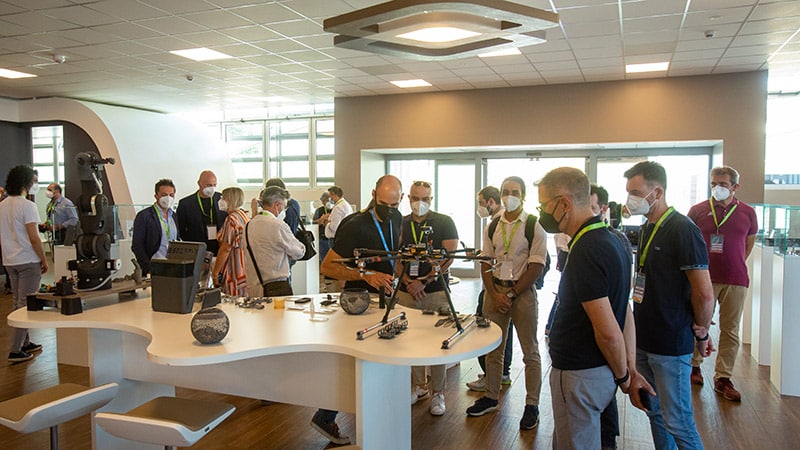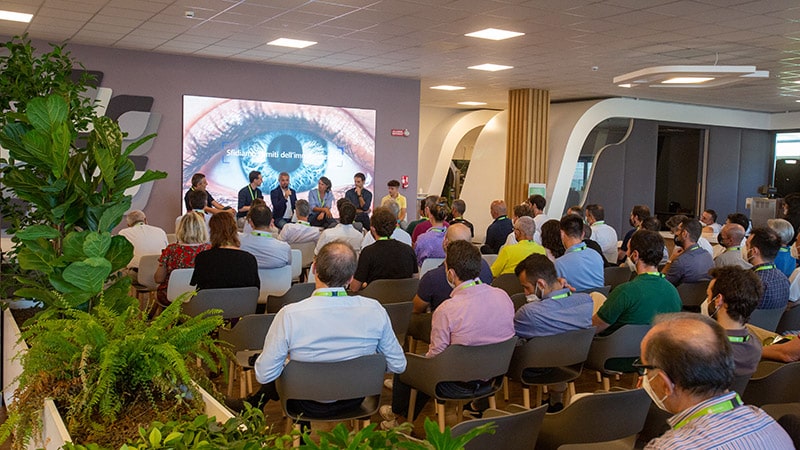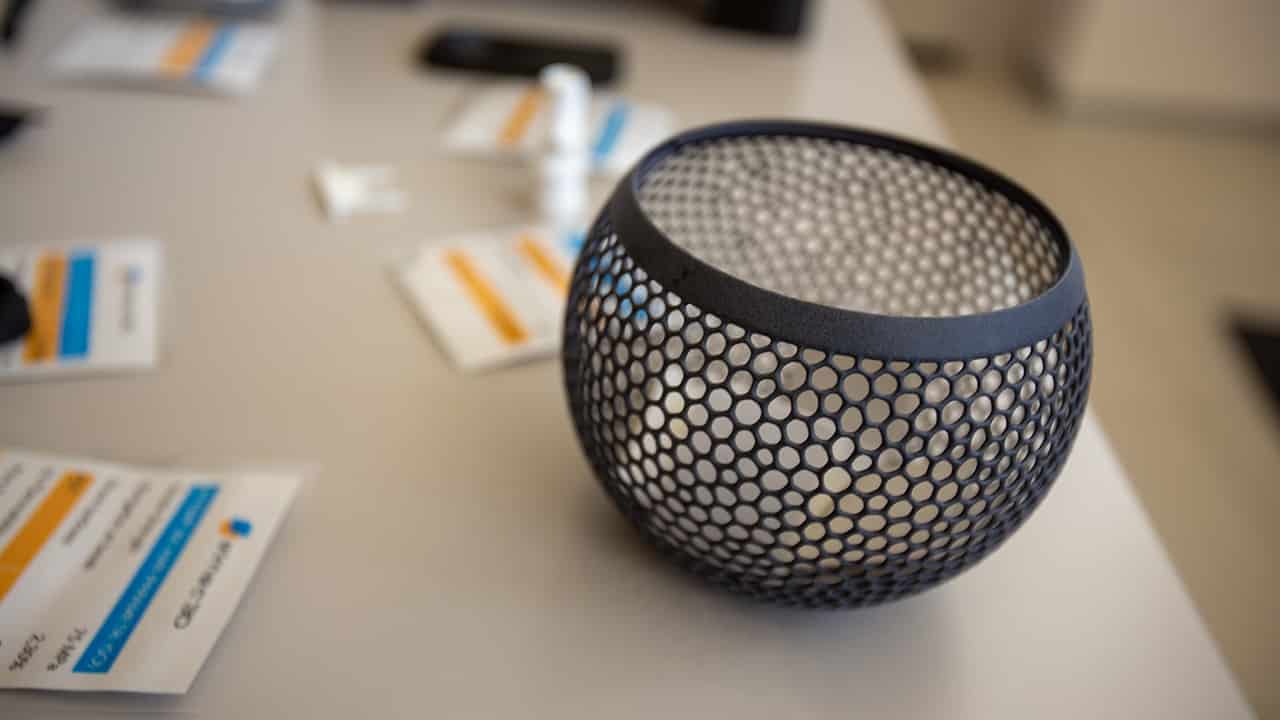A few days ago Elmec 3D has organized a truly special event at its extraordinary Technological Campus. This is theExpo of the Impossible, an opportunity to reflect on the potential of progress and how they are making real concepts that until now seemed beyond imagination. This is also thanks to 3D printing, of which the company is a great pioneer, and which one day not too far away could be basic to reach Mars and achieve even more goals. Let’s try to find out why.
The Expo of the Impossible takes us to Mars thanks to 3D printing
As we said, the whole event was focused on potential of technological progress. To date we have countless opportunities to perceive how applied science is evolving quickly, opening the doors to many innovations. Days like this allow entrepreneurs and technicians, stakeholders and simple enthusiasts, experts and students and many others to make a point.
To do this, just listen to the direct experience of those who deal with technology on a daily basis. Sometimes it is about people involved in the scientific process just like Bianca Maria Colosimoprofessor of Additive Manufacturing at the Politecnico di Milano, o Tommaso Ghidinihead of ESA’s Structures, Mechanisms and Materials Division (present in connection because he is busy following the launch of the Vega-C space rocket).

Other times they are figures who have experienced the impact on their lives of technologies such as 3D printing. This is the case of the Olympic rowing champion Sara Bertolasiof the motorcyclist Leonardo Abruzzofrom Edoardo RamaSupply Chain Manager of Zeiss Vision Care, or of Aurelio Proserpio, sailor and boat builder. They took part in the concluding round table moderated by the popularizer Rudy Bandiera.
Martina BallerioHead of the Elmec 3D Business Unit commented as follows:
“We have chosen testimonials from very different fields to underline how the Additive Manufacturing is transversal and applicable in various fields: from space to medical, from sports to automotive and nautical, from manufacturing to tooling of consumer goods, up to luxury. We at Elmec 3D place ourselves as ‘technological enablers’ at the service of companies to make them understand how the inclusion of 3D printing in a production process allows to speed up production, optimize costs and reduce waste “.
The enormous potential of bioprinting

It was to open the meeting Bianca Maria Colosimo, Department of Mechanical Engineering. A prominent personality in the field of developments in 3D printing, which dealt with the topic of bioprinting. A topic that may seem like something destined to debut in a distant futurebut the truth is that already today there have been the first concrete applications.
One piece of news that has generated some uproar in recent weeks, for example, is the system of the first bioprinted ear. Starting from a collection of cells, it was possible to recreate the cartilage used to give life to a tissue to be re-implanted in the patient. “It proves that this technology is no longer a question of ‘if’, but of ‘when’,” said one member of the team behind this great development.
But the applications of bioprinting, in all its different techniques, are really a lot even beyond the transplant. Replicating biological tissues can provide a test bed, for example to test the effect of drugs. One way to contain (and perhaps in the future eliminate) the need to resort to animal experimentation.
Already today it is possible to imagine the bioprinting of many different fabrics. From the cornea to the skin (although still without the presence of hair) to the bones, to many different organs. All with absolutely exceptional potential.
The geopolitics of bioprinting

To date, the Western world is still back in this area. We note this for example by analyzing the percentages of patents registered at the moment. Although the field originates mainly in the United States, today about 75% of the trials are born in Asia, also due to less stringent legislation. But it is an area where it would be important move as soon as possible.
This is because bioprinting could help make huge strides in creating the much desired artificial meat. A product that in a time of water, energy and in general environmental crisis can be fundamental, even if now the costs are still often prohibitive.
And looking beyond our planet, bioprinting can be an extraordinary tool to promoteexploration of the galaxy. Being able to reproduce tissues (and perhaps even real organs) can be key in addressing the health of the crew of any extra-planetary missions. Imagine how it could be useful for one base on Mars being able to use 3D printing to create an organ to replace.
Are we running too far? You can’t really tell. Perhaps such revolutions are indeed much closer than we think.
Not just bioprinting: 3D printing is essential for a mission to Mars

As he explained Tommaso Ghidini, professor at the Polytechnic, Division Head for the European Space Agency, writer and popularizer, this technology has given an exceptional boost to space exploration. Additive manufacturing is very important already in the planning stages of such a trip.
The potential of these tools was already understood years ago. The application started with the reconstruction of a valve to be replaced. The production of this new piece has gone from a few weeks to a few hours, with more resistant materials at a lower cost. Not only that, but being a different production process, with fewer limitations, it made it possible to revise the design, creating a more performing result. In short, it is possible to create better pieceswith better materials, in less time and at lower cost. A victory on all fronts.
Plus it’s difficult overestimate the importance which may have for maintenance. Sending supplies to the International Space Station (and even more to any lunar or Martian bases) costs a lot, both in terms of money and time. Requesting a replacement part can have a very strong impact on the mission.
This is why we use the 3D printing, both plastic and in the near future metallic. It is no longer necessary to carry spare parts: it is sufficient to bring materials and machinery and then create them when necessary, with considerable savings.
Will 3D printing lead to a base on Mars?

The effort to promote the application of additive manufacturing in the aerospace sector is intense. An example is the initiative IAMSPACE, which stands for Italy for Additive Manufacturing in Space. It is an enabling technology for our exploration dreams, both on our satellite and beyond. Without this technology it is practically impossible to think about performing i next steps.
There have already been tests for the creation of a moon base in an automated way. By sending robots and 3D printing machinery, it is theoretically now possible to build a structure on our satellite that can accommodate a mission. This by directly exploiting the lunar regulars and all landers landed in the past and never returned to Earth, with exceptional results in terms of cost containment.
We are still in the initial stages of this project, but we are already starting to look beyond. Maybe up to Mars, just by exploiting the same 3D printing mechanism. An incredible dream that could possibly come true very soon …















Leave a Reply
View Comments